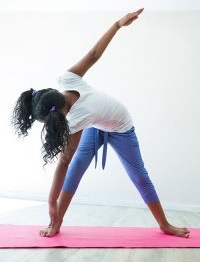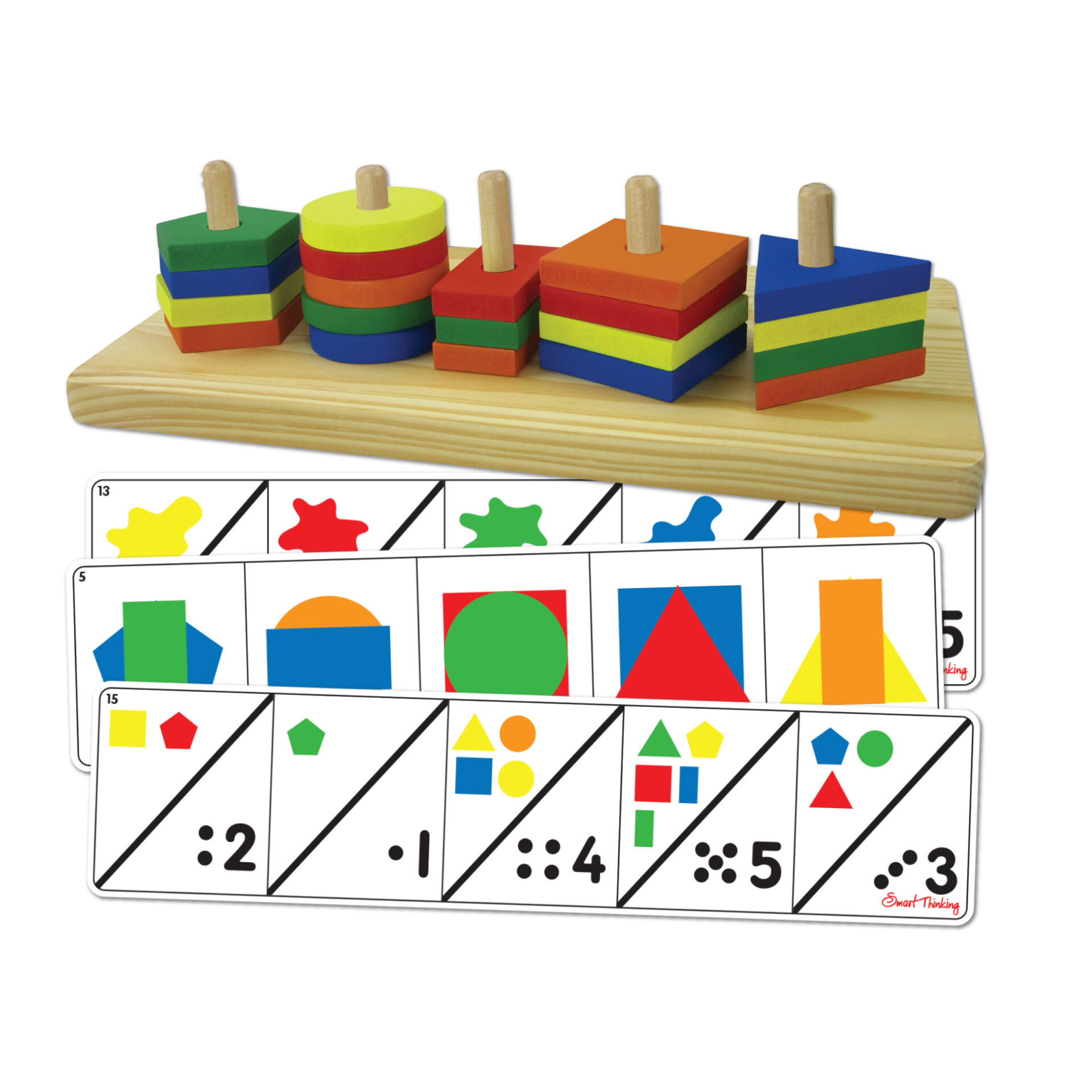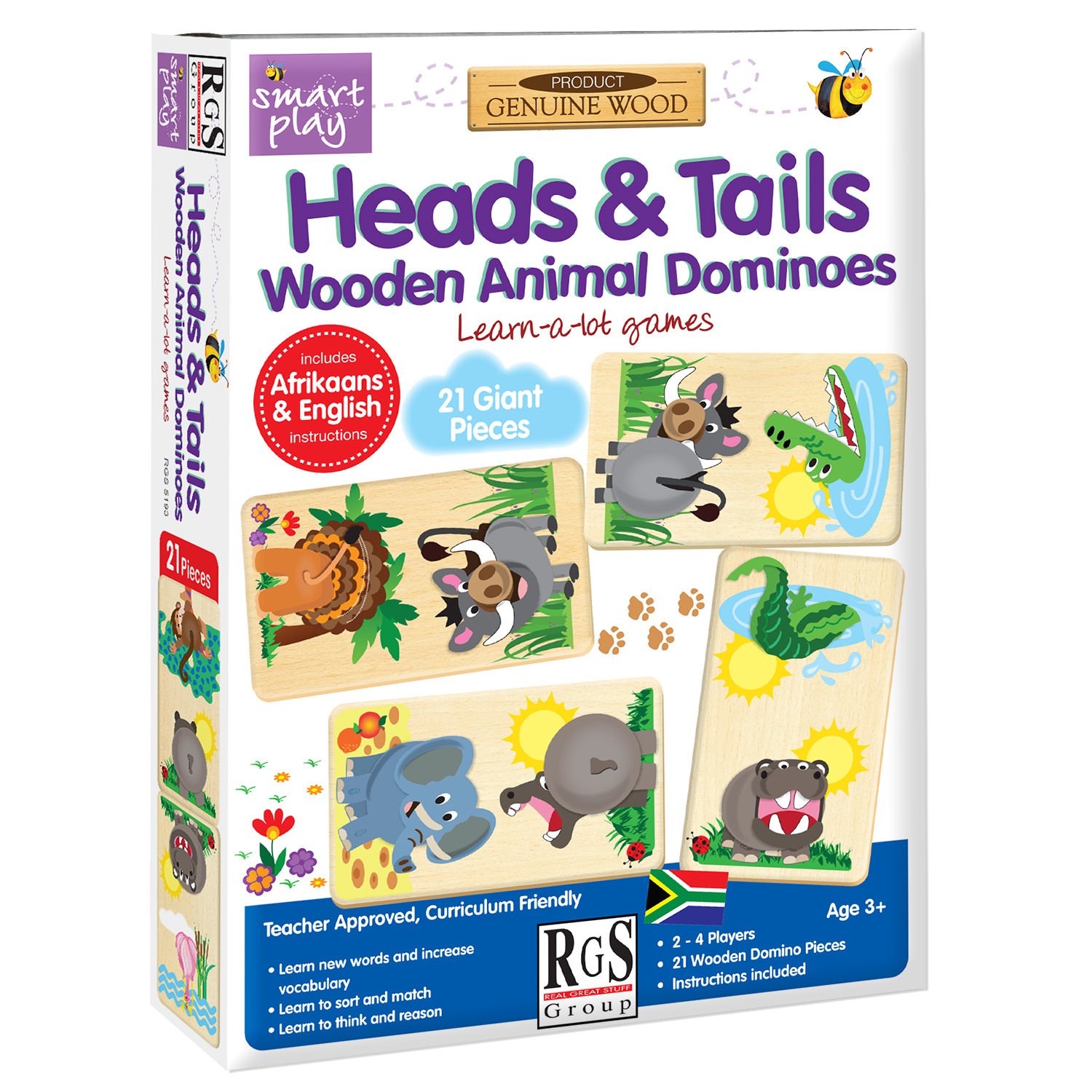Crossing the Midline
What is meant by crossing the body’s mid-line?
The body’s mid-line is an imaginary line down the centre of the body that divides the body into left and right. Crossing the body’s mid-line is the ability to reach across the middle of the body with the arms and legs. This allows children to cross over their body to perform a task on the opposite side of their body (e.g. being able to draw a horizontal line across a page without having to switch hands in the middle, sitting cross-legged on the floor, or being able to insert puzzle pieces using the dominant right hand when the puzzle is placed on the left-hand side of the body.
Why is crossing the mid-line important?
Crossing the body’s mid-line is an important developmental skill needed for many everyday tasks such as drawing or writing, putting on a sock and shoe with both hands, eating with utensils, and hitting a ball with a bat. When a child spontaneously crosses the mid-line with the dominant hand, then the dominant hand gets the practice needed to develop good fine motor skills by repeated and consistent hand dominance. If a child avoids crossing the mid-line, then both hands tend to get equal practice at developing skills and the child’s true handedness may be delayed. This means that once a child starts school, learning to write is much more difficult when they have two less skilled hands rather than one stronger, more skilled (dominant) hand. Difficulty crossing the mid-line also makes it challenging to visually track a moving object from one side to the other (left to right) when reading, meaning reading can also be delayed.What building blocks are necessary to develop successful crossing of the mid-line?
Body awareness: is the information that muscles and joints send to the brain to inform us of our body’s position Bilateral integration skills: means using both sides of the body at the same time. Dominance: is the consistent use of one hand or foot most often that allows refined movement control to develop. Core stability: The muscles of the trunk help to stabilize the body so the arms and legs can be moved with control. Planning & Sequencing: The ability to successfully follow multi-step instructions to achieve a defined outcome or endpoint.-Problems crossing the mid-line?
When a child has difficulties crossing the body mid-line , they might also have difficulties with:- Pencil based activities: The child may avoid these activities.
- Behaviour: The child may become angry or frustrated when engaging in fine motor activities due to less refined hand skills.
- Performing self-care tasks independently (age influenced).
- Coordinating both sides of the body so that physical skills are less refined than those of their same aged peers.
- Reading which requires eye movement from left to right.
- Noticing all of the details on a page when copying drawings or writing.
- Keeping up in class due to poor handwriting skills.
- Participating in sports that require good coordination (e.g. soccer, netball, tennis).
- Increased pressure and anxiety in a school aged child as it is expected that most self care skills are independent or requiring only minimal assistance.
Try these fine products
Activities which can help improve crossing the mid-line.
- Craft: Threading beads, cutting and pasting, folding paper.
- Finger Puppets: Placing finger puppets on one hand and encouraging the child to remove the puppets with the opposite hand.
- Peg boards: placing pegs across a pegboard encourages body movement from left to right and visa versa.
- Dominoes: while matching dominoes the child will cross the mid-line to reach for and place pieces.
- Twister: Playing ‘Twister’.
- Marching games and playing ‘windmill’ using their arms and legs.
- Blocks and Percussion: Getting the child to bang blocks or percussion instruments together in their mid-line.
- Simon Says: Playing ‘Simon Says’.
- Streamers: Getting the child to make streamers or ribbon circles and patterns in front of their mid-line (use two hands together or one in each hand).
- Stickers: Placing stickers on one arm and encouraging the child to remove them with the opposite hand.




